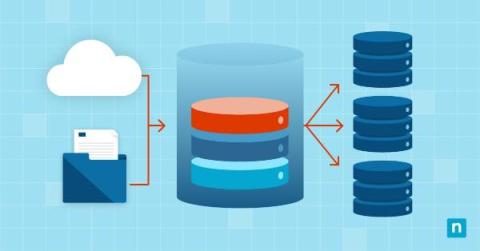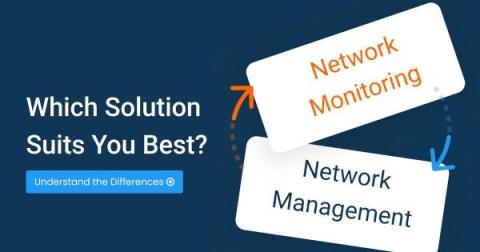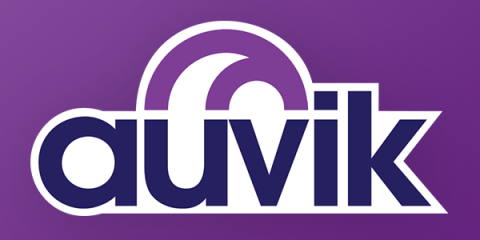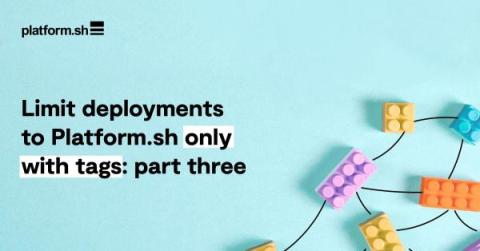Learn How to Build a Data Center in 5 Steps
Data centers are the backbone of modern business operations, providing the necessary infrastructure for data storage, management, and processing. These facilities play a pivotal role in ensuring the smooth functioning of IT and communication systems, facilitating cloud computing, e-commerce, data analysis, and much more. Their importance has grown exponentially with the digital transformation of businesses, highlighting the need for reliable, efficient, and scalable data management solutions.











